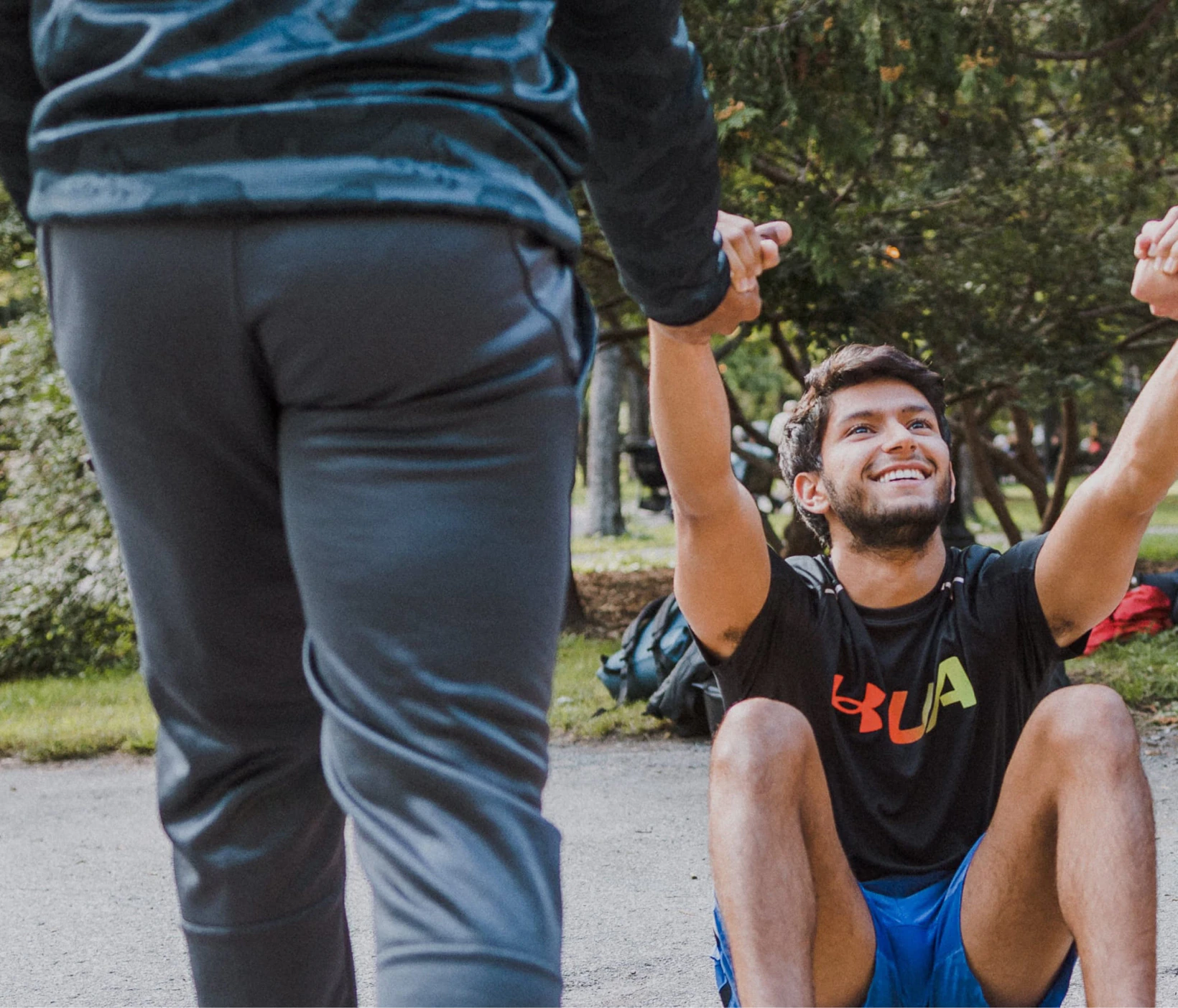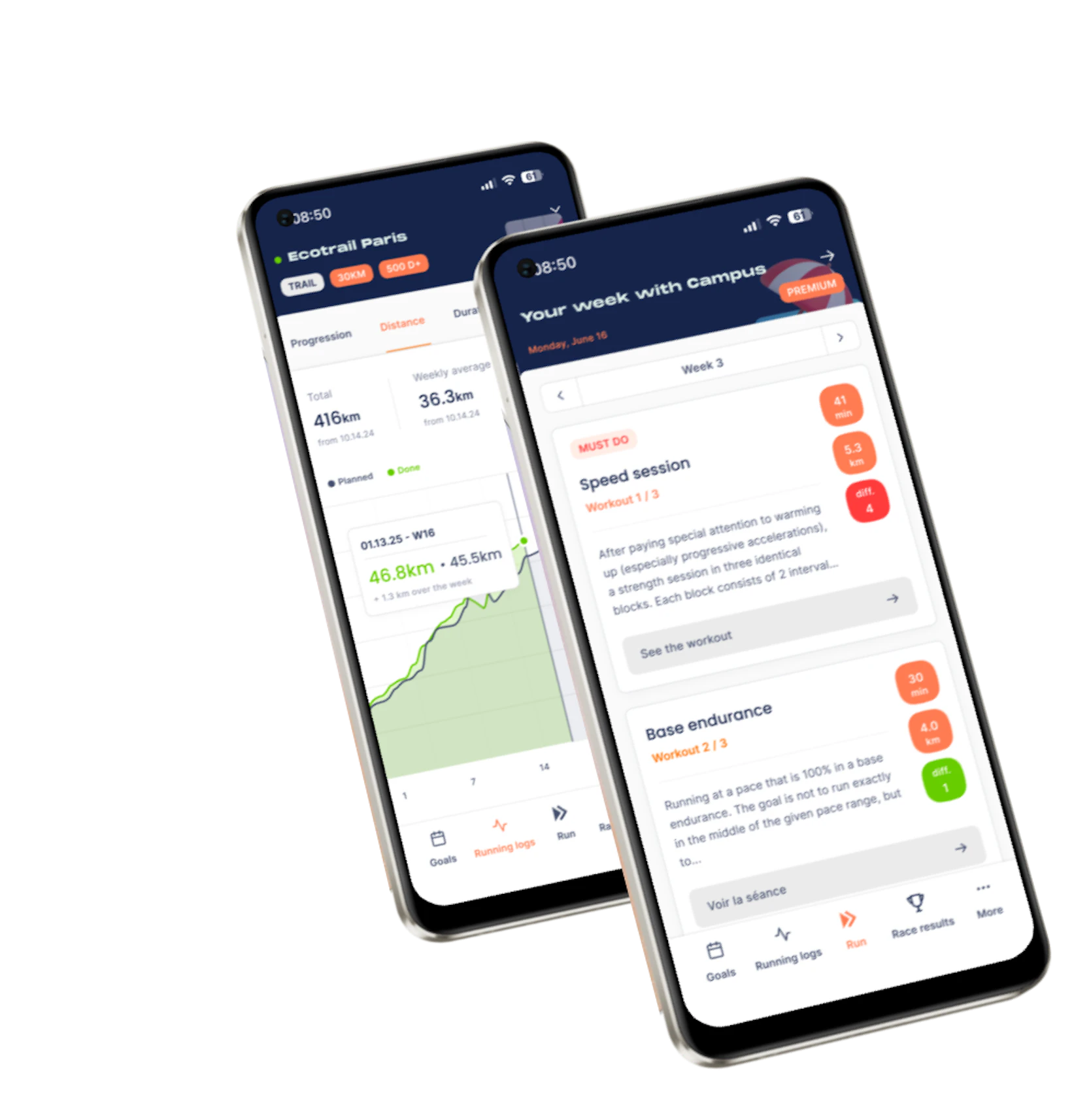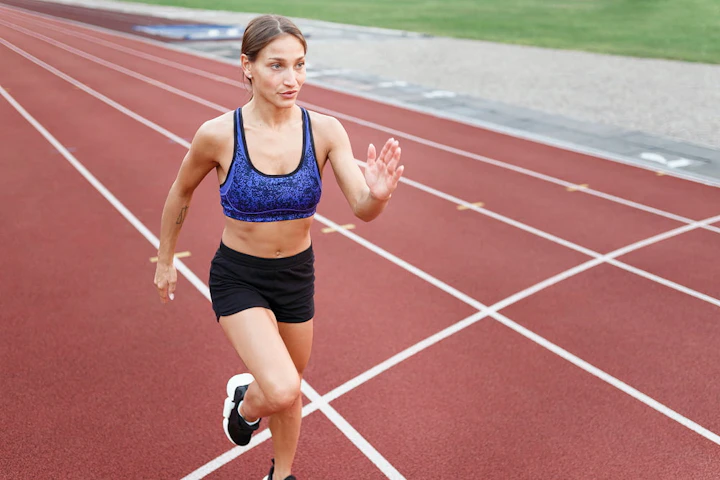
13 min read
Summary
🧐 Is it possible to run faster?
💨 How to run faster? Our 10 tips to increase your running speed!
1. Follow a training plan adapted to your needs and goals
2. Learn to run longer to develop your endurance and avoid injuries
3. Work on your running form to, notably, improve your stride
4. Adopt interval training and fartlek
5. Include MAS in your training
6. Sprint, essential element of any speed work
7. Let's not forget strength training and strength & conditioning
🔎 Which muscle to work on to run faster?
8. Take care of your recovery and nutrition
9. Opt for quality equipment and running shoes that fit your needs
10. Motivation: the little extra to boost your speed

Receive advice from our passionate coaches!
For many athletes, running faster remains a quest both in training and in competition. It must be said that optimizing to the maximum of your timing potential is a commendable goal that can only be achieved through willpower and consistency over time. The trap in which many runners indeed fall is that of wanting to go too fast, too soon; wanting everything, all at once, in short. However, it is well known that “everything comes to those who wait” (and take the necessary steps!). While patience and perseverance are essential virtues to achieve your goals, it remains that variety in training is also an essential component of progress. In this article, we thus provide you with the essential ingredients for the complete success of anyone who wishes to run faster! 🏃♀️💨
🧐 Is it possible to run faster?
It's possible. Moreover, if you are a beginner, you will certainly progress faster than someone who has been running for 10 years (without necessarily running as fast as them). In an athlete's life, an athlete's ability to run fast varies depending on the training they dedicate to optimizing this quality (for example, it is logical to manage to run faster when preparing for a 10-kilometer race than when doing base training), but also depending on their overall physical condition (sufficient rest, healthy and tailored nutrition, etc.). Obviously, some people are more inclined to run faster than others, it partly depends on their genetics, their recovery capacity, their age (hey yes, it's unfair, but with equivalent training, you often run much faster when you're 20 than when you're 60!), but also on their training (and fortunately so, because leaving the ability to run fast solely to genetics and age is placing too little power in our hands and our willpower!). And above all, running faster is possible provided that it's a goal for you: if you want to improve your marathon time, to place as close as possible to the podium, or simply to surpass yourself! In any case, running faster is certainly not the condition sine qua non for flourishing in running ; it's not an end in itself. The essential thing is that you enjoy running, no matter your top speed and your final result. 🙏
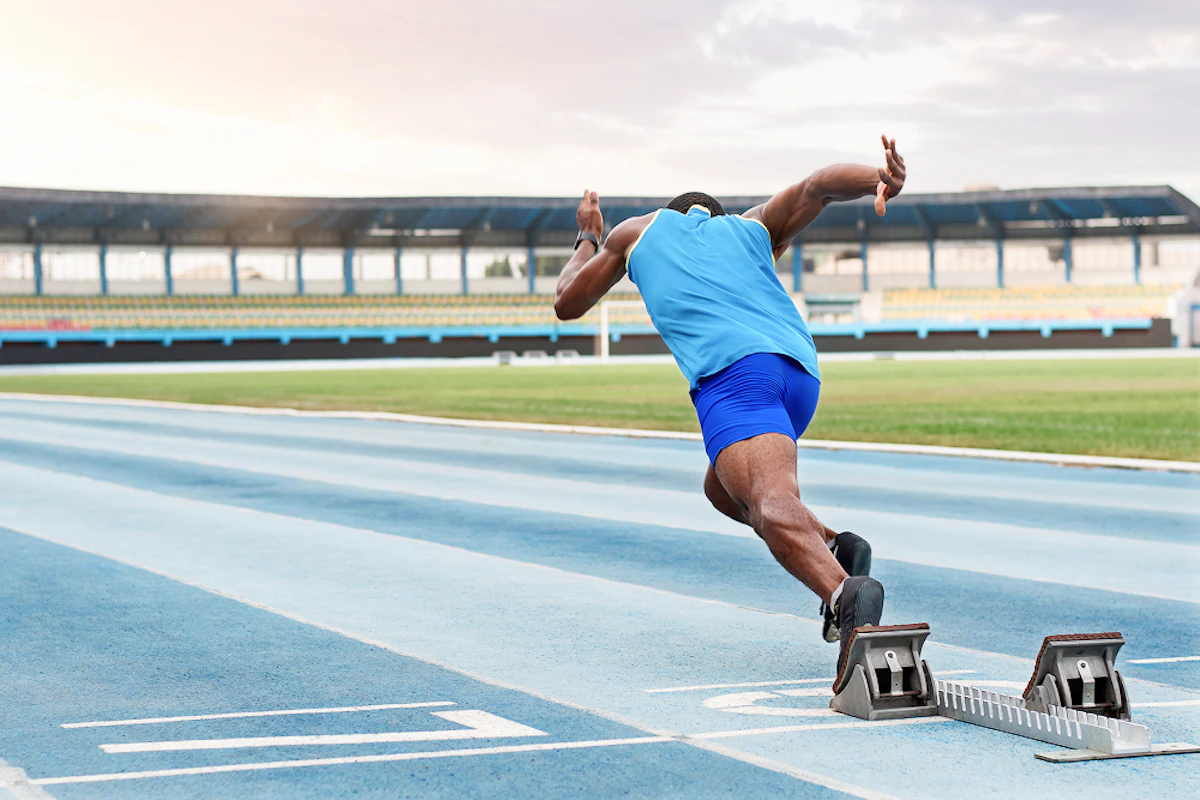
💨 How to run faster? Our 10 tips to increase your running speed!
There is no miracle recipe to run faster, or rather there is, but you have to work on it since training and consistency are essential. Here are our 10 tips through which you can, we hope (and provided you wish it), improve all your records!
1. Follow a training plan adapted to your needs and goals
What is meant by a training plan adapted to your needs and goals? Simply a training plan that is:
personalized (and thus based on your past performances, if you have any);
adapted to your runner profile (the more you are a running novice, the more we advise you to follow a long training plan to fully allow your body time to generate the necessary physical, physiological, and mechanical adaptations for your progression without injury);
that is in line with your sports goals (if you are training for a marathon, you will need to follow a plan lasting three months, at least, and ideally at least six months);
and finally, that respects your personal constraints (if you have three weekly slots to dedicate to your training, your training plan must obligatorily take this into account, otherwise, it will not only not be adapted to you, but you will also have the unpleasant feeling of not being productive even though you are, in reality, accomplishing your maximum!) 👏).
👋 Magic: at Campus, we offer you all this (as if by chance)!
2. Learn to run longer to develop your endurance and avoid injuries
Before learning to run faster, you must first know how to run 'long'. You will certainly agree to say that it is difficult for us to help you progress in terms of speed if you are not (yet, but it won't be long 😎) capable of running ten minutes in a row. Moreover, the ability to run 'long' (in other words, about one hour, or much more, without stopping) indicates a strengthened cardiovascular system, and thus conducive to handling much more intense speed work. Developing your endurance before running fast also helps prevent potential injuries, since by building this base necessary for any speed work beforehand, you have given your body time to gradually adapt to the effort. So obviously, to run faster, you will have to do speed work (which we discuss just after), but know that the base endurance and specific training always go hand in hand: since a jogging run, for example, allows you to recover properly after an interval workout. 🤝
3. Work on your running form to, notably, improve your stride
Improving your running form, and thus your stride, allows you to be more efficient when you run and thus to go faster! To optimize your stride progressively (in order to avoid injuries), we recommend trying to make as little noise as possible when your stride impacts the ground. Also strive to relax your shoulders and arms, to increase your step cadence and to keep your gaze far ahead of you. Moreover, you can perform some drills after your warm-up as well as Straight lines while focusing on your placement. You'll see, mindful running instantly allows you to refine your technique! 💪🏽
4. Adopt interval training and fartlek
The interval training consists of alternating phases of intense effort with phases of recovery. This type of training significantly improves your Maximal Aerobic Speed (MAS) and your VO2 max, that is, the maximum amount of oxygen your body can utilize. By working at high intensities, you develop your ability to maintain a faster speed over longer durations, and improve your running economy.
Fartlek is a more free method where you vary your pace and intensities according to your sensations and the terrain (for example, speed up between two trees, then slow down). Less structured than interval training, it contributes to developing speed, specific endurance, and the organism's ability to adapt to changes in pace. It also obviously improves effort perception and race management, while making training less monotonous. 🤩
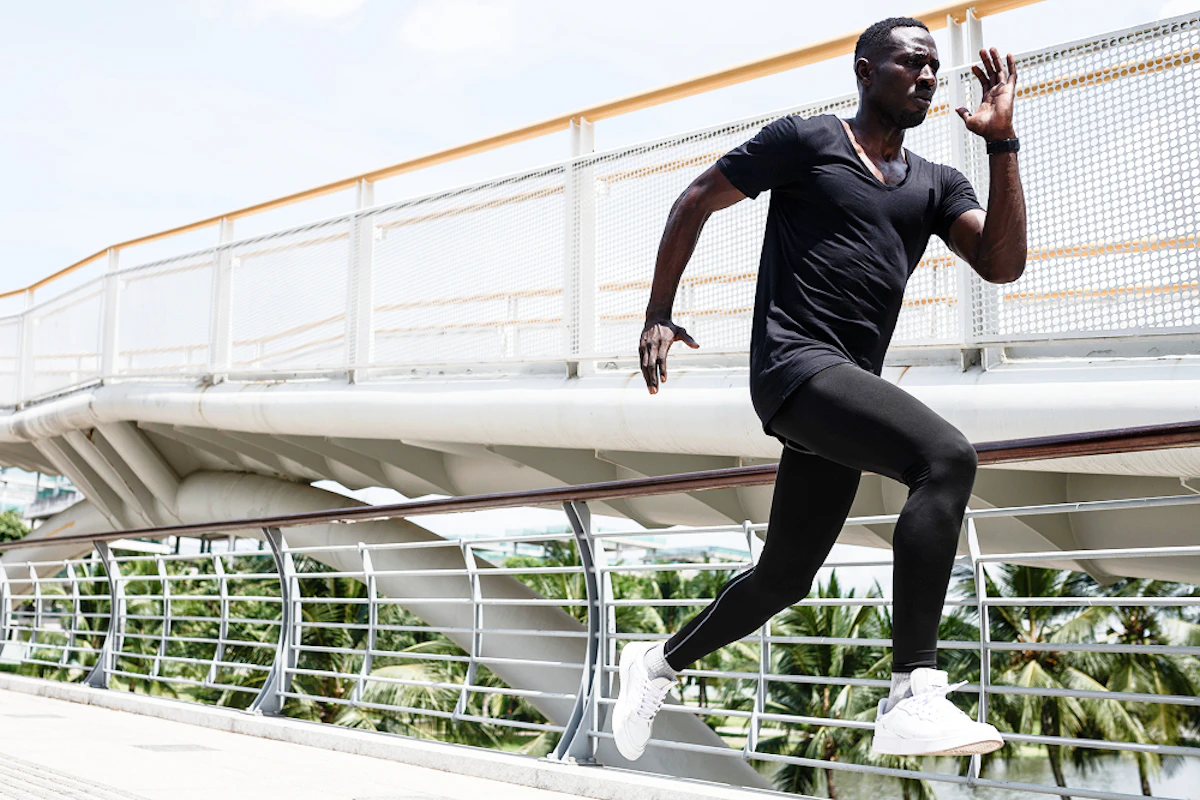
5. Include MAS in your training
Including MAS (Maximal Aerobic Speed) sessions in your training is essential for running faster, as MAS represents the speed at which you reach your maximum oxygen consumption (your VO2 max). By working on your MAS, your body becomes more efficient at transporting and using oxygen. Moreover, the higher your VO2 max is, the more your body can fuel your muscles with oxygen, which is directly related to your ability to maintain high speeds. MAS sessions also help improve your running economy and they accustom your body to the sensations of speed and sustained effort, thereby preparing you to better manage fast paces in competition. 🚀
6. Sprint, essential element of any speed work
To become faster in running, sprinting is fundamental because it targets physical and neuromuscular qualities that endurance alone cannot develop. It notably allows you to optimize force and explosive power, so that you can propel yourself more effectively forward. Sprinting, primarily engaging fast-twitch muscle fibers (type II fibers, responsible for powerful and quick movements), activating them through this type of session trains them to become more effective at reaching and maintaining high speeds. Moreover, sprinting allows you to improve neuromuscular coordination (for smoother, more precise and faster movements) and to create a "speed reserve" through which your slower running paces will seem easier to maintain.
7. Let's not forget strength training and strength & conditioning
Strength training is often underestimated pillar for improving running speed: it transform your body into a more powerful and more efficient machine 💥. To start, balanced musculature improves your stability and your running posture, thus avoiding parasitic movements that waste energy. Proof is, if your body remains aligned, you optimize force transmission and reduce energy loss; logical, right? Moreover, strength training contributes to injury prevention. With stronger muscles to protect your joints and tendons, you can increase the intensity of your training with less risk. Briefly, strength training is an essential investment for sustainable and rapid progress. ⚖️
🔎 Which muscle to work on to run faster?
By strengthening your glutes, your quadriceps, your hamstrings, and your calves, you increase your propulsion force. In other words, each stride generates more power, thus allowing you to move forward faster while exerting less effort. Finally, the fact that you become more explosive and that your steps are more dynamic allows you to reduce ground contact time… enough to run even faster!
8. Take care of your recovery and nutrition
To run faster, recovery and nutrition are as crucial as training. An optimal recovery (quality sleep, passive or active rest, massage, etc.) allows your muscles to repair themselves and adapt to the demands of the effort. It is during this phase that physiological progress becomes tangible. Additionally, a diet adapted to your practice provides the required energy for the effort (partly carbohydrates) and the reconstruction of your muscle fibers (proteins). Thanks to hydration and healthy nutrition adapted to your needs, you have the necessary intake of vitamins and essential minerals for your body's proper functioning.
In short, when you are well-fed and sufficiently rested, your body can handle more intense and regular workouts, making you naturally faster and more resilient (except in case of injury and provided you follow an adequate training plan).
9. Opt for quality equipment and running shoes that fit your needs
While a proper pair of shoes provides optimal cushioning and support for your stride (minimizing the risk of injuries and allowing you to train more regularly and intensely, key factors for progress), your equipment choice must also be carefully considered. Indeed, by wearing breathable materials and through a perfect fit that avoids friction, you feel completely comfortable and free in your movements; you are then able to fully concentrate on your effort. This combination of comfort, protection, and biomechanical optimization — combined with all the previously mentioned parameters — allows you to push your limits and, ultimately, to run faster and longer. 🔥
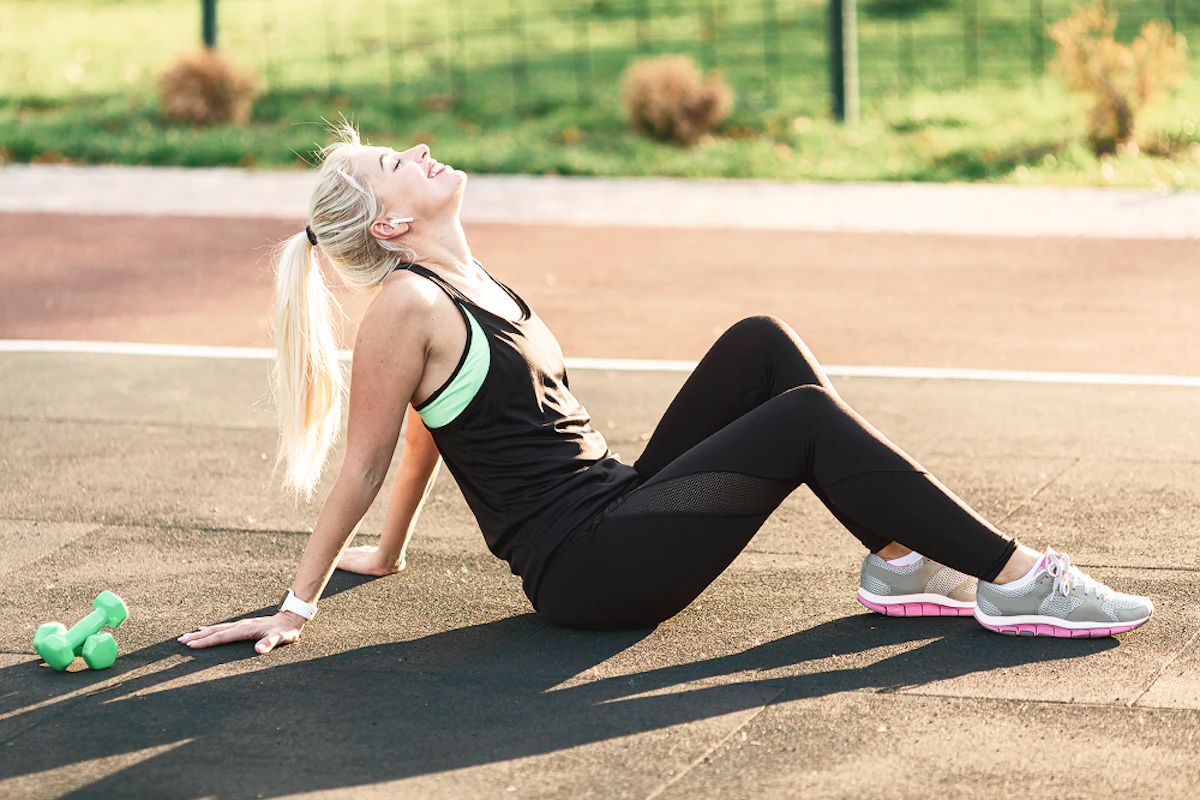
10. Motivation: the little extra to boost your speed
Motivation is an essential fuel to boost your speed. When you are motivated, you have the willpower to push yourself during training, even when it's difficult. This mental strength pushes you to maintain fast paces and not give up during demanding workouts. It helps you remain consistent and to persevere in the long term, turning each stride into a step towards better speed. Motivation allows you to believe in your abilities and to achieve your performance goals. And when you are not motivated (it will happen for sure), don't let yourself get down and call upon your discipline to continue your ascent towards your dreams! And above all, if you feel that you need rest, don't forget to listen to yourself. Being motivated should not prevent you from progressing intelligently. 🙈
In conclusion, to improve speed, a holistic approach is key. If you’re wondering “how can I run faster?”, the answer lies in combining structure, variety, and patience. A well-designed training plan should mix interval sessions with tempo runs, a regular long run, and plenty of easy running at a slower pace. This balance helps you build endurance, refine running form, and develop a better running economy so that each foot hits the ground more efficiently. Alternating between efforts at 5k race pace, 10k race pace, or over a set distance or time creates the stimulus your body needs for improving your speed. Pair these sessions with strength work, proper recovery, and consistency, and you’ll steadily improve your running speed. Most importantly, choose training that feels comfortable and sustainable: that’s the key to long-term, improved running and the ability to run faster for longer. ⌚


